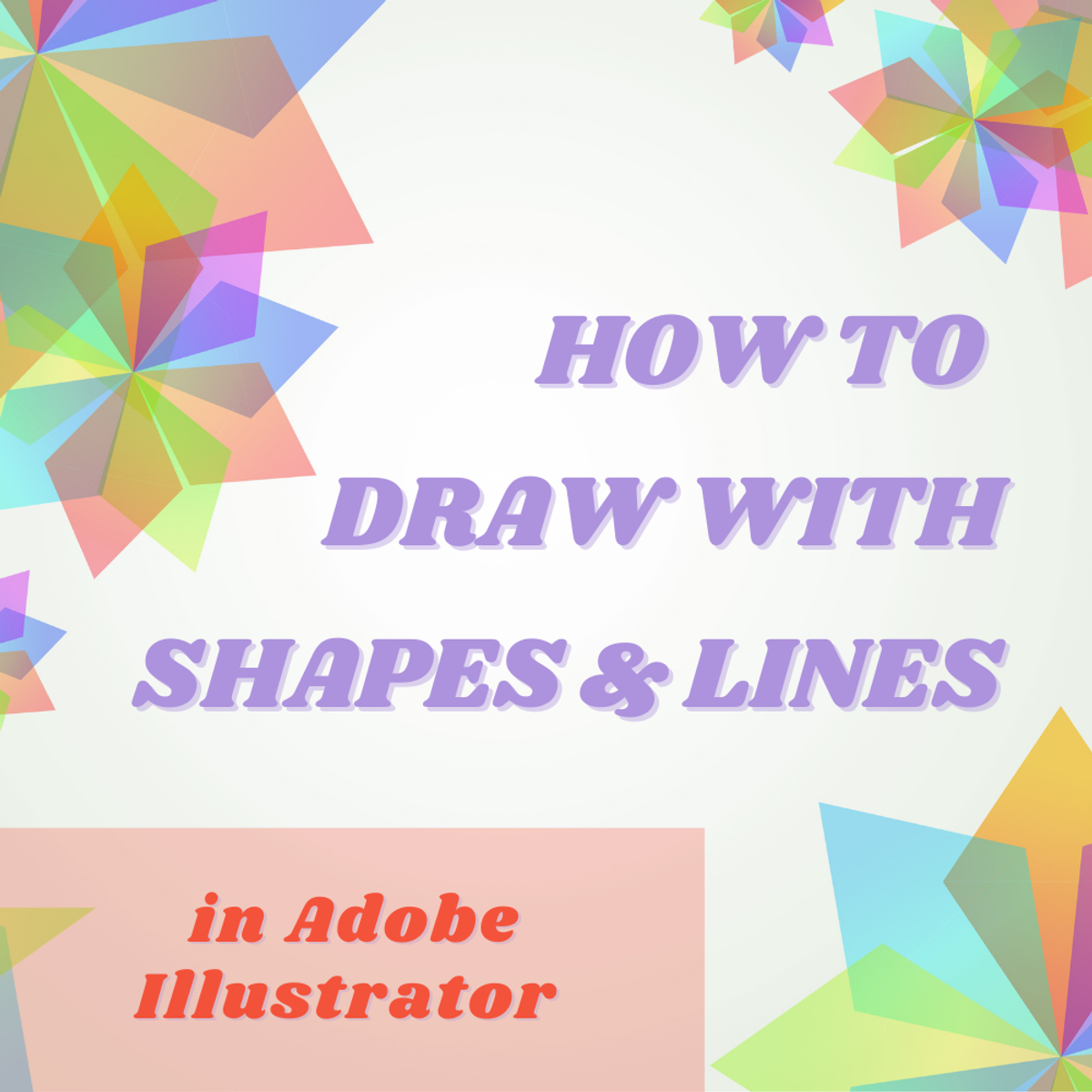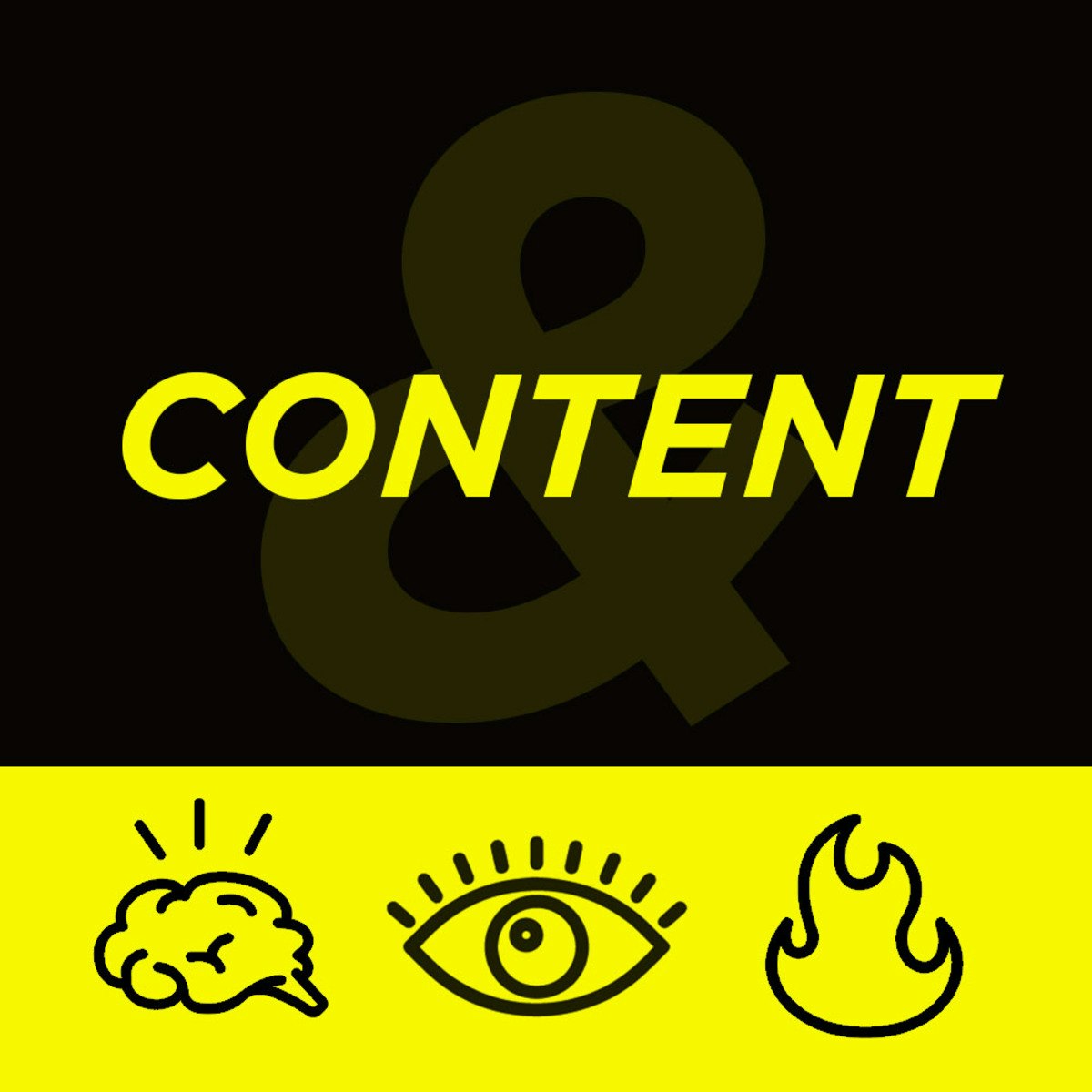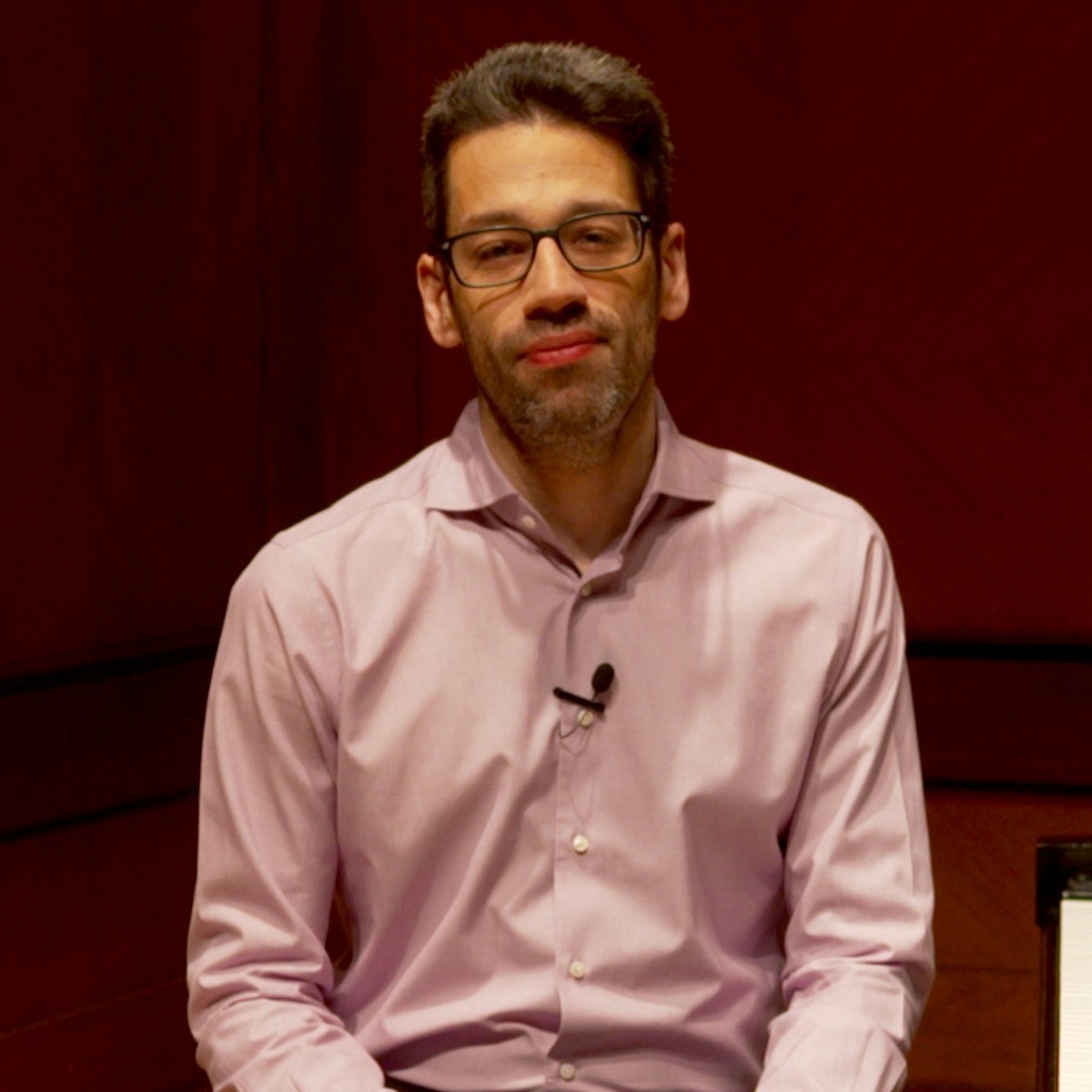Back to Courses









Arts And Humanities Courses - Page 19
Showing results 181-190 of 464

How to Draw with Shapes & Lines in Adobe Illustrator
Adobe Illustrator can be a useful tool in creating digital graphics, but it can also be an overwhelming program to learn how to use. In this guided project, learners will walk through a step-by-step process to gain the basics of drawing with shapes and lines in Adobe Illustrator.
First, learners will discover the basic tools used for drawing straight line segments in Adobe Illustrator. Then, learners will walk through all of the other types of line segment tools and their features. Next, learners will gain an understanding of how to edit paths created in Illustrator. Then, learners will move on to drawing shapes in Illustrator. Finally, learners will be guided through some advanced features to edit and combine shapes and lines to make more complex, unique shape designs. Learners will finish this guided project with the skills to draw, edit, and manipulate many shapes and lines in Adobe Illustrator.

Global Diplomacy – Diplomacy in the Modern World
The Global Diplomacy course is a unique offering to the MOOC environment. Bringing together cutting edge research in the broad fields of Diplomatic and International Studies, award winning distance learning delivery and the instructors previous experience of delivering a successful MOOC. Please see the volume Global Diplomacy: Theories, Types and Models authored with Dr Alison Holmes, (Westview, 2016), and the Understanding Research Methods MOOC from Coursera.
The Global Diplomacy MOOC has a direct heritage in the University of London International Academy/SOAS Global Diplomacy MA Programme launched in April 2013 which have attracted hundreds of students from around the world. The Global Diplomacy MA Programme is provided by the Centre for International Studies and Diplomacy which has been teaching postgraduate courses in Diplomacy for over twenty five years.
After completing the 'Global Diplomacy' MOOC, learners will have:
1. The ability to demonstrate a critical understanding of the nature and development of global diplomacy, drawing on a variety of relevant contributing disciplines in the broad field of International Studies.
2. An understanding of changes in diplomatic practices and procedures and the relationship of those changes to contemporary politics.
3. A sound grounding in both theoretical and empirical approaches to debates in diplomacy so that students have been exposed to the and skills needed to analyse global diplomacy.
4. knowledge of issues in global diplomacy in historical and contemporary contexts.

Fundamentals of Audio and Music Engineering: Part 1 Musical Sound & Electronics
In this course students learn the basic concepts of acoustics and electronics and how they can applied to understand musical sound and make music with electronic instruments. Topics include: sound waves, musical sound, basic electronics, and applications of these basic principles in amplifiers and speaker design.

Storytelling in Branding and Content Marketing
Storytelling in Branding and Content Marketing is an IE University course for professionals who want to learn how to produce memorable content through quality storytelling.
Students will go through a learning process that will start with a deep understanding of the term Branded Content and its main differences with traditional advertising, simultaneously creating an effective storyline based on strong brand values and messages. The course analyses the production of quality journalism and explores how to create memorable and long-lasting connections with a given target audience in a world of constant content surplus. It concludes with a deeper insight into the term of Brand Entertainment, giving them the opportunity to amplify their knowledge about how to produce a good call to action and retain the audience's attention.

Journey of the Universe: The Unfolding of Life
Journey of the Universe weaves together the discoveries of the evolutionary sciences together with humanities such as history, philosophy, art, and religion. The course draws on the Emmy-award winning film, Journey of the Universe, and the book from Yale University Press.
Journey explores cosmic evolution as a creative process based on connection, interdependence, and emergence. It examines a range of dynamic interactions in the unfolding of galaxies, Earth, life, and human communities. It investigates ways in which we understand evolutionary processes and the implications for humans and our ecological future.
The Journey course, thus, is based on a new integration that is emerging from the dialogue of the sciences and humanities. Journey tells the story of evolution as an epic narrative, rather than as a series of facts separated by scientific disciplines. This changes our perception so that we begin to see ourselves as an integral part of this narrative. By situating ourselves within this story we can better appreciate the complexity and beauty of processes such as self-organizing dynamics, natural selection, emergence, symbiosis, and co-evolution. As we discover these intricate processes of evolution, we awaken to the beauty and complexity of our natural environment at this critical juncture in our planetary history.

Organising an Empire: The Assyrian Way
Discover the mighty kingdom of Assyria, which came to be the world’s first great empire three thousand years ago. From the 9th to the 7th centuries BC, during the imperial phase of Assyria’s long history, modern day northern Iraq was the central region of a state reaching from the Mediterranean Sea to the Persian Gulf, and incorporating what is now Iraq, Syria, and Lebanon, as well as half of Israel, and wide parts of south-eastern Turkey, and Western Iran.
In its geographical extent, this state was unprecedentedly large, and the distinct geography of the Middle East, with deserts and high mountain ranges, posed challenges to communication and cohesion. What were the mechanisms that kept the Empire running? This course explores the methods the Assyrian government employed to ensure unity and maintain loyalty across vast distances, using traditional as well as innovative strategies. Some of these imperial techniques have marked parallels in the ways modern multi-national corporations are operating, others will strike you as profoundly alien.
This course focusses on how the Assyrians organised their empire by analysing key aspects, namely:
· The CEO – the king, a religious, political and military leader, who is charged to govern by his master, the god Assur;
· Home Office – the royal palace in the central region and the royal court that form the administrative centre of the state;
· The Regional Managers – the governors and client-rulers to whom local power is delegated;
· Human Resources – the Empire’s people are its most precious assets, its consumers and its key product, as the goal of the imperial project was to create “Assyrians”; an approach with lasting repercussions that still reverberate in the Middle East today; and finally
· The Fruits of Empire – it takes a lot of effort, so what are the rewards?
When we explore these topics we will contextualise them with information about the lives led by ordinary Assyrian families.
Taking this course will provide you with an overview of the political, social, religious, and military history of the world’s first superpower. It will give you insight into the geography and climatic conditions of the Middle East and contribute to your understanding of the opportunities and challenges of that region. It will present you with a vision of the Middle East at a time when its political and religious structures were very different from today.

Exploring Beethoven's Piano Sonatas Part 6
Welcome to Exploring Beethoven's Piano Sonatas Part 6! You’re joining thousands of learners currently enrolled in the course. I'm excited to have you in the class and look forward to your contributions to the learning community.
To begin, I recommend taking a few minutes to explore the course site. Review the material we’ll cover each week, and preview the assignments you’ll need to complete to pass the course. Click Discussions to see forums where you can discuss the course material with fellow students taking the class.
If you have questions about course content, please post them in the forums to get help from others in the course community. For technical problems with the Coursera platform, visit the Learner Help Center.
Good luck as you get started, and I hope you enjoy the course!

Strategies for Success in your Music Career
The Musician's Professional Toolbox is more than just a collection of career-building skills: professional musicians need strategies in place that maximize the impact of those skills. Designed for musicians at any point in their career, this course will provide learners with foundational skills necessary for managing your professional music career, including skill assessment, time management, goal setting and networking. The course can be taken by itself or as the first course in the Musician's Professional Toolbox.

Egypt before and after pharaohs.
History of Ancient Egypt. Before and after the Pharaohs: From the birth of the State (c. 3000 BCE) to the early Christian communities (4th century CE).

Introduction to Typography
Typography is the art of manipulating the visual form of language to enrich and control its meaning. It’s an essential area of skill and knowledge for graphic designers. Typography predates modern graphic design by around 500 years; it is rich in rules, conventions, and esoteric terminology—but it remains an exciting space for invention and expression.
In this rigorous introductory course, we will study, name, and measure the characteristics of letterforms. We’ll consider the pragmatic concerns involved in selecting and combining type. We’ll peek into the
rich historical, cultural, and aesthetic histories of familiar typefaces. We’ll discuss time-tested conventions and best practices in setting type, as governed by principles of hierarchy and spatial organization. And we’ll explore the expressive, meaning-making potential of type.
Informative lectures will be complemented by a series of three peer-assessed assignments, culminating
in an opportunity to design a full-scale typographic poster.
Please note that this is not a software course; a basic working knowledge of Adobe InDesign or other
page layout software will be assumed. You will need access to a computer and page layout software, such as InDesign, to complete the assignments.
Popular Internships and Jobs by Categories
Find Jobs & Internships
Browse
© 2024 BoostGrad | All rights reserved